Do you want to make more money on the next job that you do or the next customer that you serve?
Too many small business owners leave too much cash on the table because they just get in and do the job at hand. They only focus on serving the customer and fail to look beyond what the customer has asked them for.
The question is – is that good service? Let’s explore this.
Here are three things to consider which can help you make more money the next time you serve a customer with whatever job you do for them.
1) Think about what products or services complement what they have asked for
Out of all the products and services you offer what else that complements it? The key here is to make sure everyone of your employees knows what compliments each of the products or services you offer. That way, when a customer asks for X, you can also offer them Y. Y now gives you that extra sale.
For example, if they’re buying paint, suggesting paintbrushes or drop sheets can be immensely helpful. By offering these extra items, you not only assist your customers in their projects but also increases the average value of each sale.
2) Ask the question
One of the most effective ways to boost sales is to ask the right questions. McDonald’s famous line, “Would you like fries with that?” is a brilliant example of this technique. Every business has its version of “fries” – an additional product or service that can be offered to customers. Don’t offer products or services that don’t make sense because you’re not going to get the extra sale.
For example, a legal practice could simply ask every client if they have updated their will recently. This simple question can make a significant difference to your bottom line.
Make sure that your questions are about products or services they probably should have in place or haven’t thought about.
3) Use a checklist
Checklists are powerful tools that not only help customers stay organised but also present additional buying opportunities. Create checklists that outline all the possible items a customer might need for a specific project or task.
Let’s go back to the paintbrush example, when you give customers a checklist for a painting project with all the needed supplies, such as paint, brushes, masking tape, and trays, it helps them plan better and encourages them to buy everything from your store rather than someone else.
Another example is an electrician we worked with. Whenever they visited a house, they would use a 10-point safety checklist. While on site they would check safety switches, the earth connection, and other important safety features. This ensured the customer’s safety and also benefited the electrician, who could would get extra jobs to do while on site. Consider how you can provide added value during each of your customer interactions.
Remember that providing excellent customer service and increasing sales value doesn’t happen by accident. It’s about being thoughtful and proactive.
Try suggesting products and services that go well together, asking customers if they need anything else, or using helpful checklists.
These simple steps not only make customers happy but also benefit your business in the long run.








